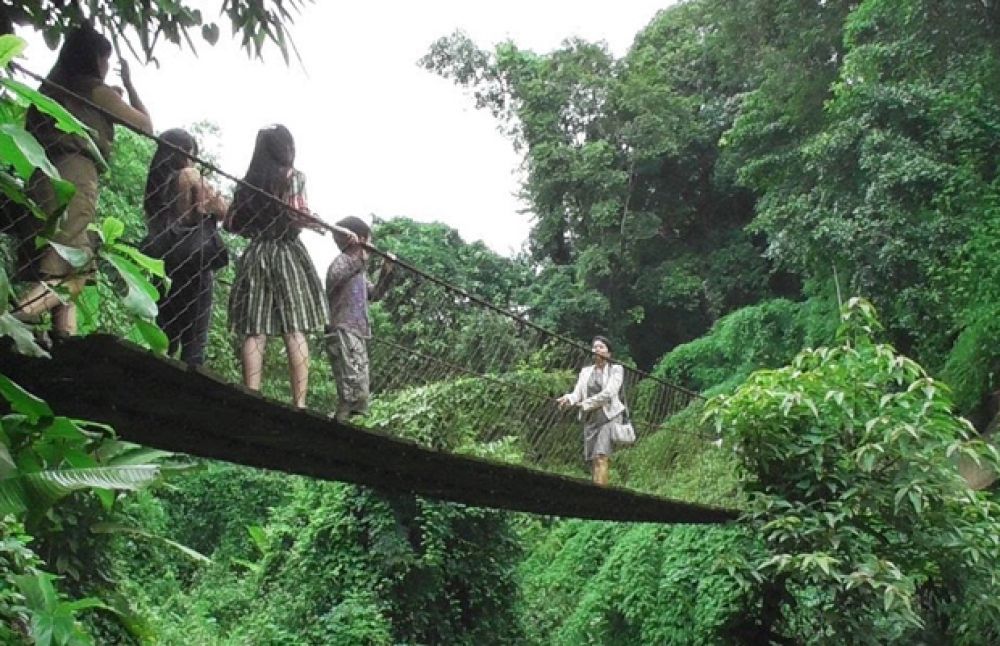

Located in the northeastern part of Cambodia, the Norng Kabat Forest is part of the Ratanakiri province which is rich in natural beauty and indigenous cultures. Ratanakiri, meaning "hill of the precious stones," has long been a hidden gemstone of Cambodia's tourism, with its dense tropical forests, highland savannas, and crater lakes.
Ratanakiri's tourism history is relatively brief compared to the rest of Cambodia. The province began to slowly open up to tourists in the late 1990s and early 2000s. Before this time, the remote nature of the area, lack of infrastructure, and the lingering effects of Cambodia's troubled past made it largely inaccessible to visitors.
However, with a growing interest in eco-tourism and cultural experiences, intrepid travelers started venturing to this part of Cambodia. The Norng Kabat Forest attracted those looking for off-the-beaten-path adventures and wildlife encounters.
Norng Kabat Forest is particularly known for its biodiversity and the opportunity to glimpse endangered species such as gibbons, which can be spotted and heard singing in the canopies. Local community-guided treks became a drawcard for tourists seeking authentic interactions and the chance to contribute to conservation efforts and community welfare.
Moreover, the forest is part of the larger Virachey National Park, which spans over 3,300 square kilometers, offering a larger sanctuary for flora and fauna and enhancing the potential for long-term sustainable tourism in Ratanakiri.
In line with the global increase in demand for sustainable travel, Norng Kabat Forest has seen a rise in responsible tourism practices. Eco-lodges and community-run homestays have emerged, providing accommodations that respect the delicate balance of the natural environment while promoting the cultural heritage of the region's indigenous peoples.
Adventure tourism has also been on the upswing, with trekking, mountain biking, and visits to nearby waterfalls and crater lakes. The tourism in the area is geared towards those seeking a connection with nature and a desire to travel in a more ethical and environmentally conscious manner.
While tourism in Ratanakiri and Norng Kabat Forest provides economic benefits and opportunities for local communities, it also presents challenges. Balancing the impact of increased visitor numbers with conservation efforts is a constant consideration for local authorities and conservationists.
The Cambodian government, along with various NGOs, works to ensure that tourism development in the area remains sustainable. They emphasize the importance of educating both locals and tourists on the importance of preserving the unique ecological and cultural landscapes of Ratanakiri.
The future of tourism in Norng Kabat Forest and Ratanakiri is optimistic, as long as it continues to develop on the principles of responsible and sustainable tourism. With effective management, the region has the potential to serve as a leading example of how tourism can support environmental conservation and community development, ensuring that the wonders of Norng Kabat Forest can be enjoyed by generations to come.